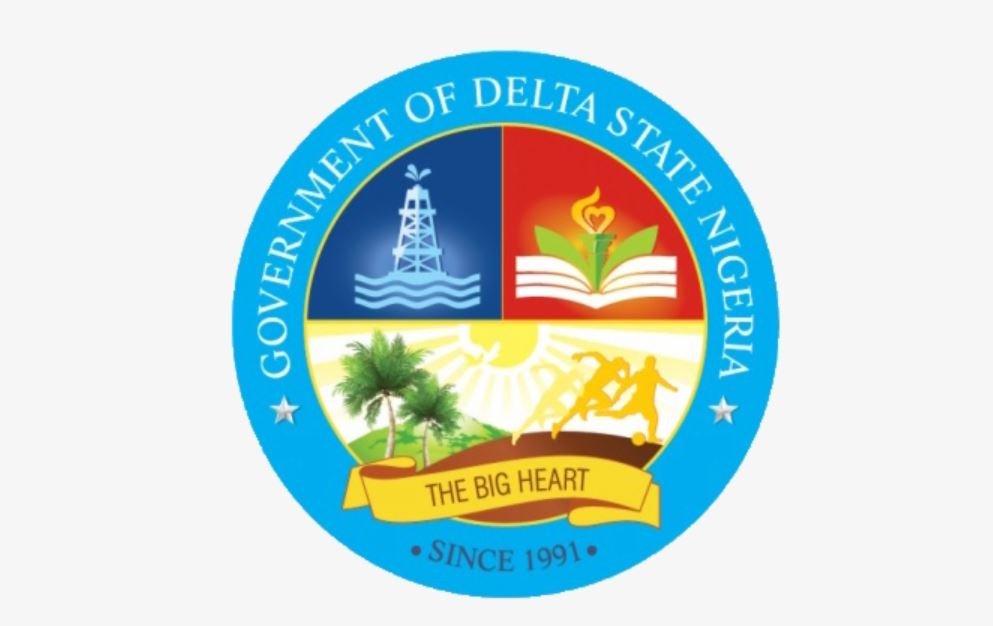The population of Delta State, Nigeria, is projected to reach approximately 5.8 million in 2025, which is an increase of about 2.0% from the estimated population of 5.6 million in 2022.
Over recent years, the growth has been consistent with the state’s annual population change rate, which has been steady.
READ ALSO: Facts About Cross River State Population In 2025
How Has Delta State’s Population Changed Over The Years?
The first census in 1952 recorded about 1,302,000 people. During this time, most areas in Delta State were rural, and there were only a few urban centers.
By 1963, the population had increased to 1,456,541, which was about an 11.8% growth from the previous decade. This growth showed the expansion of economic activities and the gradual development of more urban areas.
In 1991, the population rose further to 2,570,181, which was a notable jump compared to earlier figures. The development of the oil industry also played a big part in this population increase.
The 1991 census also provided gender-specific data, showing 1,273,200 males and 1,296,973 females in the state. However, the 2006 census revealed another major increase, with the population reaching 4,112,445.
This was a growth of about 60% compared to 1991. Natural population growth, combined with migration to the state, were the main reasons for this rise.
Urbanization became more noticeable, and Delta State began to develop into a hub for economic activities. By 2022, the population was estimated at 5,636,100. Urbanization and better economic opportunities continued to attract people to the state.
And, projections for 2025 suggest that the population will reach approximately 5.8 million. This would be a 2% growth from the 2022 estimate, keeping up with the trends of urban development in the state.
READ ALSO: Facts About Plateau State Population (2025)
Delta State Population By Local Government Area
| No | Local Government Area | Population Projection (2025) |
|---|---|---|
| 1 | Aniocha North | 107,579 |
| 2 | Aniocha South | 146,575 |
| 3 | Bomadi | 88,759 |
| 4 | Burutu | 214,648 |
| 5 | Ethiope East | 207,365 |
| 6 | Ethiope West | 209,181 |
| 7 | Ika North East | 188,650 |
| 8 | Ika South | 172,395 |
| 9 | Isoko North | 148,149 |
| 10 | Isoko South | 242,664 |
| 11 | Ndokwa East | 106,553 |
| 12 | Ndokwa West | 154,795 |
| 13 | Okpe | 132,469 |
| 14 | Oshimili North | 122,309 |
| 15 | Oshimili South | 154,803 |
| 16 | Patani | 69,327 |
| 17 | Sapele | 179,790 |
| 18 | Udu | 146,973 |
| 19 | Ughelli North | 330,843 |
| 20 | Ughelli South | 219,341 |
| 21 | Ukwuani | 122,813 |
| 22 | Uvwie | 194,736 |
| 23 | Warri North | 140,466 |
| 24 | Warri South | 321,864 |
| 25 | Warri South West | 120,232 |
The Demographics Of Delta State In 2025
Age Group
| Age | Population | Percentage |
|---|---|---|
| 0–4 | 1,162,340 | 20.04% |
| 5–14 | 1,098,720 | 18.98% |
| 15–24 | 899,560 | 15.51% |
| 25–34 | 799,230 | 13.78% |
| 35–44 | 701,480 | 12.09% |
| 45–54 | 598,130 | 10.31% |
| 55–64 | 402,770 | 6.94% |
| 65+ | 137,770 | 2.38% |
Gender
| Gender | Population | Percentage |
|---|---|---|
| Male | 2,850,000 | 49.14% |
| Female | 2,950,000 | 50.86% |
Ethnicity
| Ethnicity | Population | Percentage |
|---|---|---|
| Urhobo | 3,298,460 | 56.87% |
| Anioma (Igbo) | 1,798,320 | 31.01% |
| Isoko | 401,690 | 6.93% |
| Itsekiri | 199,820 | 3.45% |
| Ijaw | 101,540 | 1.75% |
| Ukwuani | 100,170 | 1.73% |
Urban And Rural Area
| Area | Population | Percentage |
|---|---|---|
| Urban | 3,202,370 | 55.21% |
| Rural | 2,597,630 | 44.79% |

